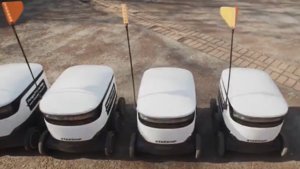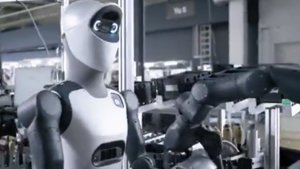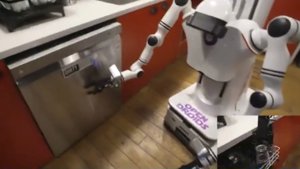Just when you thought your burrito’s journey couldn’t get more detached from human hands, Uber Technologies, Inc. and Starship Technologies, Inc. have announced a major partnership to bring sidewalk delivery robots to the masses. This isn’t another limited pilot program in a zip code you’ve never heard of; it’s a multi-continental rollout starting in Leeds, UK, this December, before expanding across Europe in 2026 and landing in the U.S. by 2027. The deal plugs Starship’s army of thousands of seasoned delivery bots directly into the Uber Eats platform.
Starship isn’t new to this game. While other companies are busy showing off flashy bipedal robots that can almost open a door, Starship’s fleet has already completed over nine million deliveries and navigated millions of miles on public sidewalks. The initial Leeds deployment will feature Level 4 autonomous robots—meaning they mostly fend for themselves—handling deliveries under 30 minutes within a two-mile radius. With a current fleet of over 2,700 robots that have successfully made approximately 200 million road crossings, Starship’s experience is the main course on this menu.
Why is this important?
This partnership signals a significant maturation point for autonomous delivery. It’s a move from speculative tech demos to large-scale, practical logistics. By integrating with Uber’s colossal platform, Starship gains access to a massive customer base, while Uber gets a proven, scalable, and—most critically—affordable solution for the notoriously expensive last mile. While the industry burns cash on moonshot projects, this collaboration is a bet on boring, efficient, pavement-crawling profitability. It’s a quiet declaration that the future of local delivery might not be flying drones or humanoid couriers, but an army of unassuming, six-wheeled robots that just get the job done.






